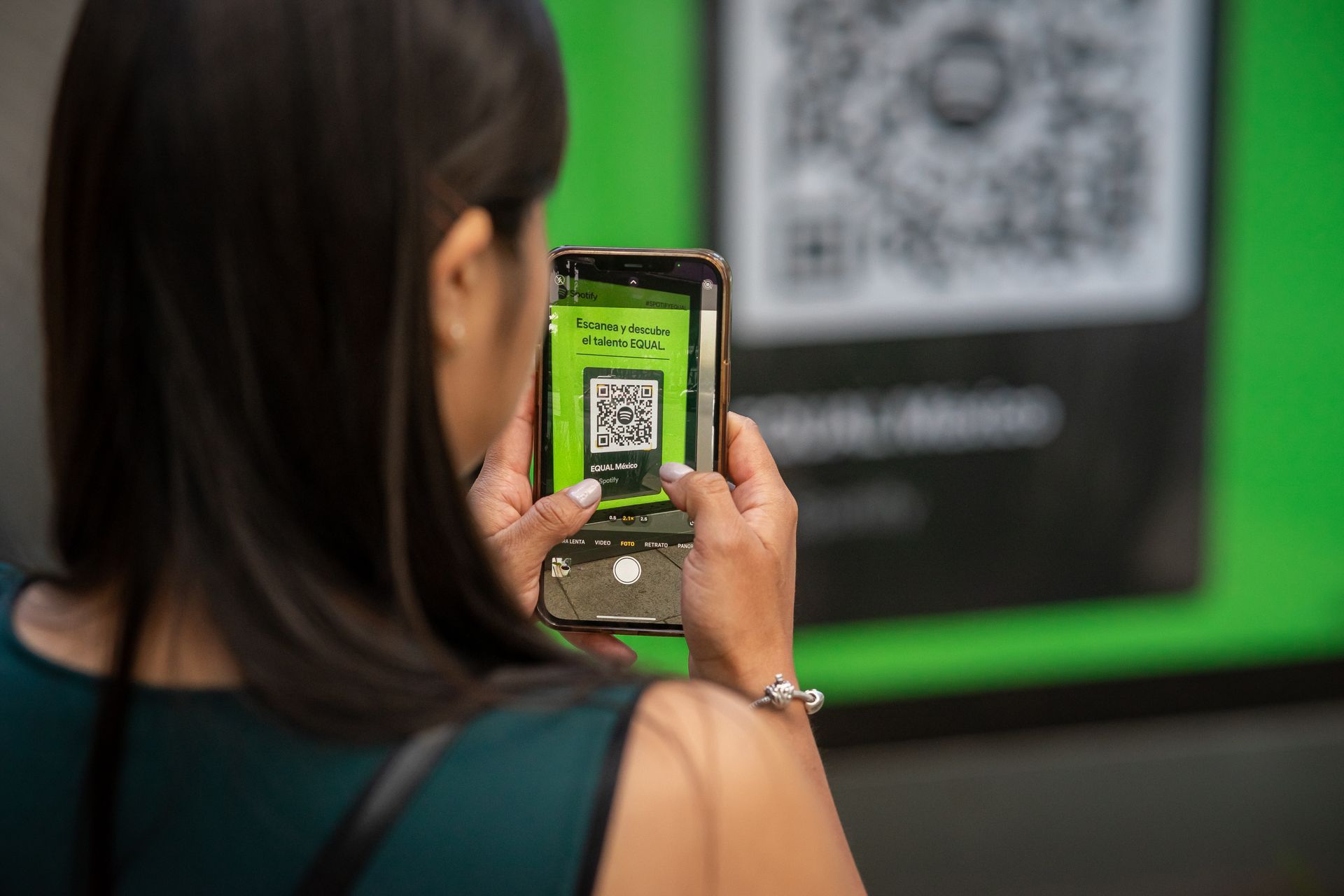The Ultimate Guide to DOOH Marketing
As traditional Out-Of-Home (OOH) advertising evolves, Digital Out-Of-Home (DOOH) leverages technology to create dynamic and interactive ads for brands to reach their target audience. This guide explores the intricacies of DOOH marketing, including its benefits, strategies, and future trends.
What is DOOH Marketing?
DOOH marketing refers to advertising content dynamically displayed on digital screens in public spaces. Unlike traditional static billboards, DOOH ads can be updated in real time and customized based on various factors such as time of day, weather conditions, and audience demographics.
Key Components of DOOH Marketing
- Digital Billboards: Large, electronic displays located in high-traffic areas.
- Digital Signage: Screens in malls, airports, and retail stores.
- Interactive Kiosks: Touchscreen devices offering information and advertisements.
- Programmatic DOOH: Automated buying and selling of ad space on digital screens, allowing for precise targeting and flexibility.

Benefits of DOOH Marketing
1. Enhanced Engagement
Digital screens capture attention more effectively than traditional billboards. Using vibrant colors, animations, and interactive elements makes DOOH ads more engaging. According to recent studies, digital ads are 2.5 times more likely to be remembered than static ones.
2. Real-Time Updates
One of the significant advantages of DOOH is the ability to update content in real time. Advertisers can change their messages based on specific times of the day, weather conditions, or special events, ensuring that the content is always relevant.
3. Targeted Advertising
With programmatic DOOH, advertisers can target specific demographics with pinpoint accuracy. By leveraging data, ads can be displayed to the right audience at the right time, increasing the chances of engagement and conversion.
4. Cost-Effectiveness
DOOH advertising offers better ROI compared to traditional media. With the ability to measure campaign performance in real time, advertisers can optimize their strategies and reduce wasted ad spend.
DOOH vs. Traditional OOH
While traditional OOH relies on static displays, DOOH uses digital screens to deliver dynamic content. Here’s a comparison:
- Flexibility: DOOH allows for real-time updates and multiple ads on a single screen, whereas traditional OOH is static.
- Engagement: Interactive and animated content in DOOH attracts more attention.
- Measurement: DOOH provides detailed analytics, helping advertisers track the performance of their campaigns.
3. Focus on High-Traffic Locations
Placing digital screens in high-traffic areas such as busy streets, shopping malls, and public transportation hubs ensures maximum visibility. Analyzing foot traffic data can help identify the best locations for your DOOH campaigns.
4. Time-Based Targeting
Adjusting your content based on specific times of the day can increase relevance. For example, a coffee brand might display ads in the morning, while a restaurant might target evening commuters. Time-based targeting ensures that your message reaches people when they are most receptive.
5. Integrate with Social Media
Encourage interaction by integrating your DOOH campaigns with social media platforms. Use hashtags, QR codes, and AR filters on Instagram, Snapchat, and TikTok to drive engagement and create a cohesive brand experience across channels.
Future Trends in DOOH Marketing
1. Increased Use of AI and Machine Learning
AI and machine learning are set to play a significant role in the future of DOOH marketing. These technologies can analyze vast amounts of data to optimize ad placements, personalize content, and predict audience behavior, making DOOH campaigns more effective.
2. Growth of Augmented Reality
AR will continue to enhance DOOH campaigns by providing interactive and immersive experiences. These innovations, from AR billboards to augmented reality murals, will create more engaging and memorable advertisements.
3. Expansion of Programmatic DOOH
As more advertisers recognize the benefits of programmatic DOOH, its adoption will continue to grow. The ability to automate and optimize ad buys in real time will make programmatic DOOH a standard practice in the industry.

4. Greater Interactivity
The future of DOOH will see an increase in interactive elements, allowing audiences to engage with ads in real time. Touchscreens, motion sensors, and AR integrations will make DOOH campaigns more engaging and effective.
5. Sustainability and Eco-Friendly Practices
As environmental concerns grow, the DOOH industry will focus on sustainable practices. Energy-efficient screens, recyclable materials, and eco-friendly installations will become standard, aligning with global sustainability goals.
Conclusion
Digital Out-Of-Home marketing offers unique opportunities for brands to engage with their target audience dynamically and interactively. By leveraging the latest technologies, focusing on targeted and time-based advertising, and integrating with social media, advertisers can create impactful campaigns that resonate with consumers. Staying ahead of trends like AI, AR, and programmatic DOOH as the industry evolves will ensure your marketing efforts remain effective and cutting-edge.
Investing in DOOH marketing is not just about adopting a new advertising medium; it's about embracing the future of advertising. Whether you're a small business or a large enterprise, DOOH offers scalable solutions that can drive engagement, increase brand awareness, and deliver measurable results. As we move forward, the integration of advanced technologies and sustainable practices will further enhance DOOH's potential, making it an essential component of any comprehensive marketing strategy.
By following the strategies outlined in this guide, you can harness the power of DOOH marketing to create eye-catching but also impactful, and memorable campaigns.
TALK TO A PRO
We're here to bring your brand to life!
Stay Connected with BrandXR
Create Augmented Reality for Free!
Create, Publish, and Measure 3D Augmented Reality Experiences Without Having to Code.














